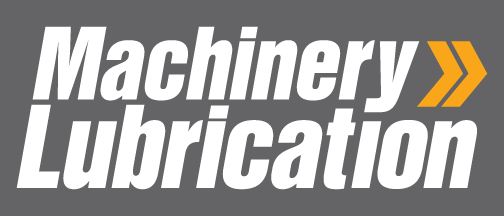 "Our gearbox, which leaks excessively, is close to the end of its life. It currently uses an ISO 680 EP oil, but we would prefer to use a lubricant that would stem some of the leakage and allow the gearbox to continue running until the next scheduled turnaround. What would you suggest?"
"Our gearbox, which leaks excessively, is close to the end of its life. It currently uses an ISO 680 EP oil, but we would prefer to use a lubricant that would stem some of the leakage and allow the gearbox to continue running until the next scheduled turnaround. What would you suggest?"
When it comes to leakage, the only real solution is to take down the machine and repair it in order to stop the leak. As oil continues to flow from the gearbox, there are obvious safety concerns involved with exposing people and the environment to the gear oil.
This also doesn’t take into consideration the cost of the oil that is leaking. Synthetic oils can be very costly, and having a component that leaks these fluids is similar to throwing money down the drain.
Provided that the component can be taken down and repaired in the near future, there are some options to “Band-Aid” the problem. Several manufacturers make compounds that can be added to the oil to help mitigate leakage.
These compounds work along the same lines as radiator sealants that form deposits at the point of leakage. As with introducing any aftermarket product to your oil, this should only be done after careful consideration and testing to ensure there will be no ill effects on the oil or machine.
Other types of products that can be used are touted as seal enhancers. These fluids and pastes are manufactured with synthetic bases and will cause seal material to swell. As the seal swells, it slows the leakage. When the machine is able to be taken out of service, the seal should be replaced and the gearbox flushed to remove any traces of the seal compound that has been introduced.
Filling the gearbox with grease is another simple solution that has been used successfully. Grease has lower flow characteristics than oil and will not leak as fast. While grease will lubricate the gears effectively, more heat will be generated within the gearbox. Since grease does not dissipate heat as well as oil, the temperature should be monitored.
All of these solutions are not true fixes but simple patches that can help until the gearbox can be taken out of service and properly repaired. Keep in mind that after adding anything to a component other than the appropriate lubricant, it should be removed and the interior surfaces flushed to eliminate all risks of cross-compatibility. All seals should also be replaced to reduce future leakage.
Read more on gearbox best practices:
Controlling Gearbox Contamination
How to Flush Gearboxes and Bearing Housings








